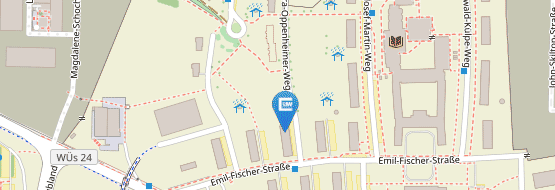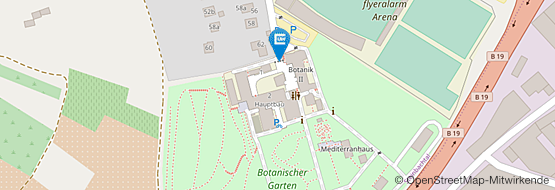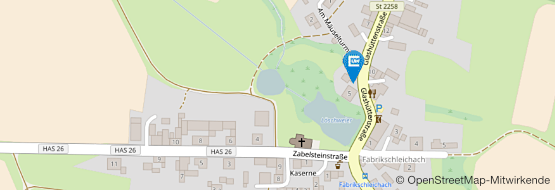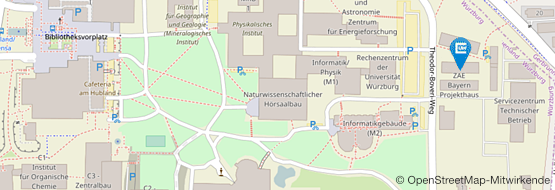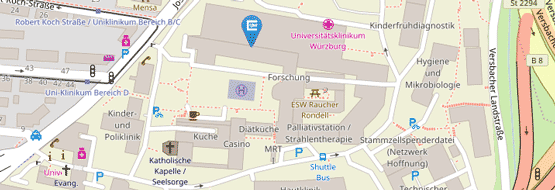Course Scripts
Please look for ready made solutions in bioinformatics at our software on the computing page
If you are a German reading student please look at our latest book on bioinformatics (also available in Teilbibliothek Biology):
"Bioinformatik" (Dandekar and Kunz, first appearance WS 2018)
Older books are available from Google Books on the topic of RNA:
"Regulatory RNA" (Dandekar and Sharma, 1998)
"RNA Motifs and Regulatory Elements" (Dandekar, ed.; Dandekar, Bengert, Ostareck and Ostareck-Lederer, 2002)
In addition there is a nice introduction to plant systems biology:
"Auxins and Cytokinins in Plant Biology" (Dandekar and Naseem, 2017)
Far more scripts and powerpoints and data for exercises are available at WueCampus2 for your own bioinformatics course
R code for Kunz M et al. (2017)
###### Systems biology analysis to understand regulatory miRNA networks in lung cancer #3.1 Software and package installation (code requires R version 3.2.2) source("http://bioconductor.org/biocLite.R") biocLite() biocLite("GEOquery") biocLite("limma") biocLite("gplots") #3.2 Load the R libraries library("GEOquery") library("limma") library("gplots") #3.3 Downloading the miRNA expression dataset from GEO GSE63805 <- getGEO("GSE63805") # GEO ID of interest can be used eset1 = GSE63805[[1]] eset1b=eset1 #3.4 Data preparation colnames(pData(eset1b))[8] = "Tumor" levels(eset1b$Tumor) = c("Control","Lung Cancer") dim(eset1b) length(eset1b$Tumor[eset1b$Tumor == "Control"]) length(eset1b$Tumor[eset1b$Tumor == "Lung Cancer"]) #3.5 Check Normalization boxplot(exprs(eset1b)) ctrl<-which(eset1b$Tumor=="Control")[1] test<-which(eset1b$Tumor=="Lung Cancer")[1] exp<-exprs(eset1b)[,c(ctrl,test)] plot(exp) exprs(eset1b)=log2(exprs(eset1b)) #Visualize the log2 transformed expression values: repeat steps 3.5 1 to 5 to generate the plots #3.6 Selecting differentially expressed genes labels=pData(eset1b)[ ,"Tumor"] design=model.matrix(~labels) fit=eBayes(lmFit(eset1b, design)) t<-topTable(fit,coef=2,number=Inf,p.value=0.05,lfc=2) # p.value sets a cutoff for adjusted p-values, lfc sets a cutoff for minimum logFC l.deg=list() l.deg<-intersect(rownames(exprs(eset1b)),rownames(t)) write.table(l.deg, file="topDEGs.txt", quote = FALSE, sep = "\t", row.names=FALSE, col.names=FALSE) #3.7 Data Visualization of differentially expressed genes (see Note 4) color.map<-function(Tumor){if(Tumor=="Control") "#0000FF" else "#FF0000"} # adding colorcode for sample-identification (control=blue, tumor=red) patientcolors<-unlist(lapply(eset1b$Tumor, color.map)) heatmap.2(exprs(eset1b[l.deg,]),ColSideColors=patientcolors, key=TRUE, symkey=FALSE, density.info="none", trace="none", cexRow=0.8) ############################################################
# if you have some questions, please do not hesitate to contact meik.kunz@uni-wuerzburg.de
# or dandekar@biozentrum.uni-wuerzburg.de
############################################################




